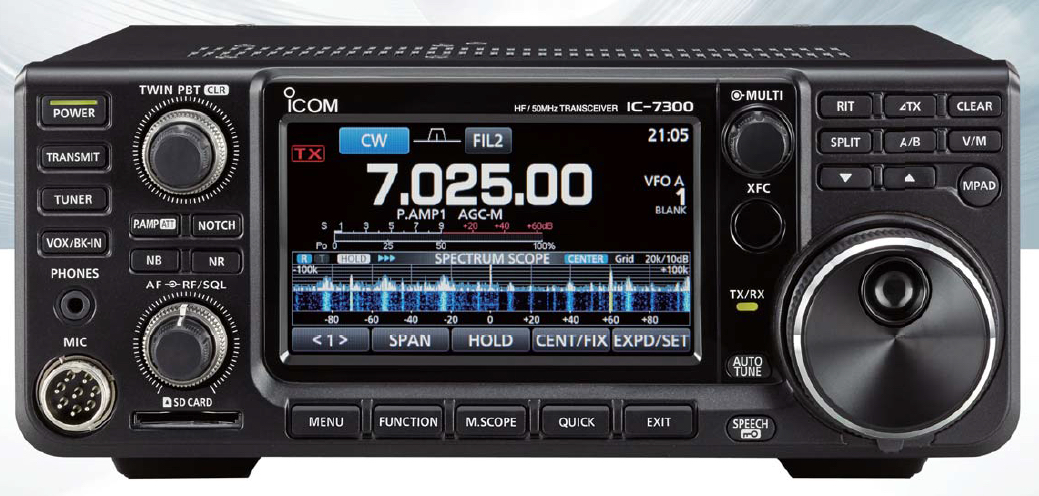
For SSB, I pot up #1 or #2, and the aux send (post) knobs on those two are zeroed so I can adjust the level going to the front of the radio with the fader, though usually zero is where I want them to be (that old RS mic is pretty crap and even with the preamp maxed I usually have to overdrive it to get good levels out). All the other aux send (pre) knobs are at -∞. I use the aux send (pre) to sample that pre-fader to send to the SignaLink for transmitting, so I can adjust the audio power level there with the one knob and can keep the audio down so I don't hear the deedles in the shack if I don't want to. Return from the program comes into channel 5/6. The Kenwood then gets "muted" (put on Alt 3-4) and I can use the fader to adjust the audio level going into the program. For digital modes I tell the program to use the iMic for input and output.
#Audio splitter radio shack mac
Main output: Empty (USB goes to computer as "input" there but no physical connections on the board otherwise)Ĭontrol room output: Yamaha powered speakers w/ subwooferĪux send 1 (pre): Output to SignaLink SL-1+Īux send 2 (post): interface box w/ 600ohm transformer & 40dB T-pad to knock line-level output to mic-levelĪux return 2: input from Mac Mini headphone jackįor most uses, the Mac uses the Behringer as input/output. Yaesu FTM-100 (via switch box, see below for details) Kenwood TS-590 (via a RadioShack "ground loop isolator") When that arrives I'll have to figure things out, but right now I think the mic will somehow end up going into the mic input of my RigExpert computer interface, or I'll figure out the correct 3-pin XLR to RJ-45 adapter and go direct into the 706 itself.

However I did put a PTT footswitch on my Christmas list, so we'll see what my wife. I don't yet use that mic when I'm operating phone, because I don't have a separate PTT switch to activate the rig, so I still use the 706's standard microphone for that. The AUX send goes to the computer, with my mic and the 706 feeding it, but not the computer's audio output. It has just enough 706, the computer, and a tiny bit of my mic feeding it. I treat the main mix as my headphone mix, just monitoring as you usually would on headphones.
#Audio splitter radio shack plus
I have the 706 headphone output feeding into the mixer, plus a line out from the computer, and of course the microphone. I got the mixer and this mic involved when I was doing CW Academy last spring, needing combos of the CW sidetone, my mic, and computer audio to go various places.

I had a spare Soundcraft Notepad 124 laying around, and an sE Electronic v7 mic. For a brief SST or CWT, I'll leave it alone.ħ06 MkIIg myself here.

When I'm noodling around the dial listening, I can also quickly punch record on the laptop if I hear something interesting - usually a really fast+smooth ragchew or a weird fist I can't quite copy correctly.įor a long contest, I'll usually move the headset directly into the radio, just to simplify things. I wish this was everyone's standard setup for a streaming CW class, too often the echo or noise makes a session unproductive. I can hear my own sidetone while sharing it cleanly into the Zoom session, and hear the other students, without creating an echo of their sidetones or voices. Cabled the CW radio's headphone jack to the 2-track channel, levels adjusted with the radio's volume knob or sidetone setting (the 302 lacks a knob for the 2-track). Headset/mic plugged into the monitor/mic jacks, levels adjusted with the mixer's mic & phones knobs. A simple Behringer 302 USB mixer plugged into the shack laptop, set as the default in/out audio device for Zoom sessions.


 0 kommentar(er)
0 kommentar(er)
